- Category
- Latest news
Pyongyang Debuts First Airborne Radar Plane and Attack Drone That Looks Awfully Familiar
-a0ea08d82e64b7342461acfc97ba3d17.jpg)
North Korea conducted test flights of its first airborne early warning and control (AEW&C) aircraft, a plane that bears a striking resemblance to Russia’s A-50 radar aircraft, according to the South Korean Yonhap news agency, citing North Korean state media KCNA on March 27.
Pyongyang also showcased its new strike drone, the Saetbyol-4 (Morning Star-4), which appears to be a near replica of the American RQ-4B Global Hawk.
AEW&C aircraft are crucial for aerial surveillance and battlefield management, significantly extending radar detection ranges.
For comparison, Russia’s A-50U aircraft can track fighter jets up to 300 kilometers away and detect cruise missiles at 200 kilometers.
Alongside the test flight, Kim Jong Un personally inspected North Korea’s newly developed AEW&C aircraft, which was adapted from an Il-76 airframe—the same transport aircraft used as the base for Russia’s A-50.
This suggests Pyongyang may have acquired sensitive military technology from Moscow in exchange for supplying manpower and weapons to Russia’s war against Ukraine.
Some analysts also note similarities between the radar system on Pyongyang’s AEW&C aircraft and Chinese designs. Satellite imagery analyzed by 38 North on March 4 shows the modified Il-76 now features a large, mounted radar array similar to those seen on Chinese early warning planes.
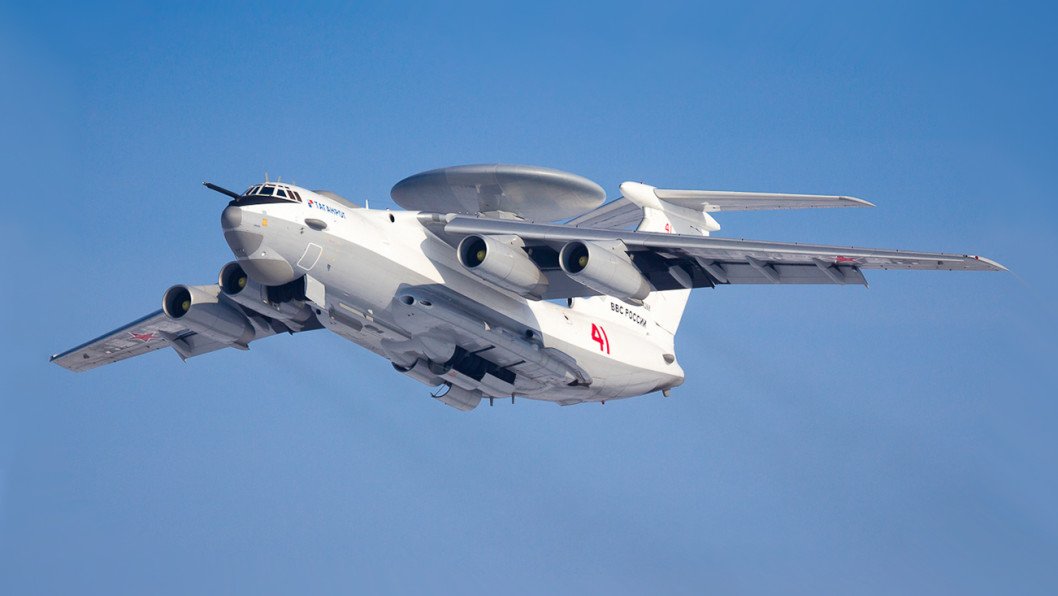
Seoul-based defense analyst Jeong Chan-wook commented that the AEW&C aircraft marks a significant step forward for North Korea’s air force, which has long lacked modern surveillance capabilities.
“This is like giving North Korea’s Air Force a pair of eyes, allowing them to detect, track, and relay military movements to ground command centers,” Jeong said. However, he noted that at least four AEW&C aircraft would be necessary to conduct 24/7 surveillance over South Korea, where the South Korean military already operates four AEW&C planes and plans to acquire more.
North Korea has not disclosed full details of its AEW&C program, and its capabilities remain uncertain. However, military experts warn that Pyongyang’s advances in both airborne surveillance and UAV technology could have major implications for future conflicts, particularly in the Indo-Pacific region.
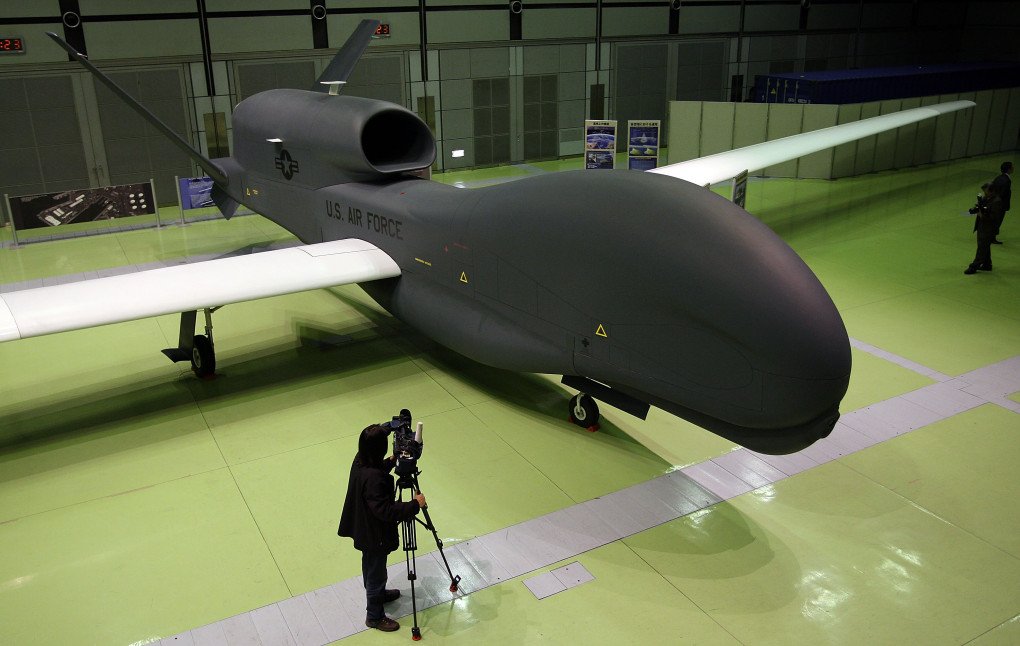
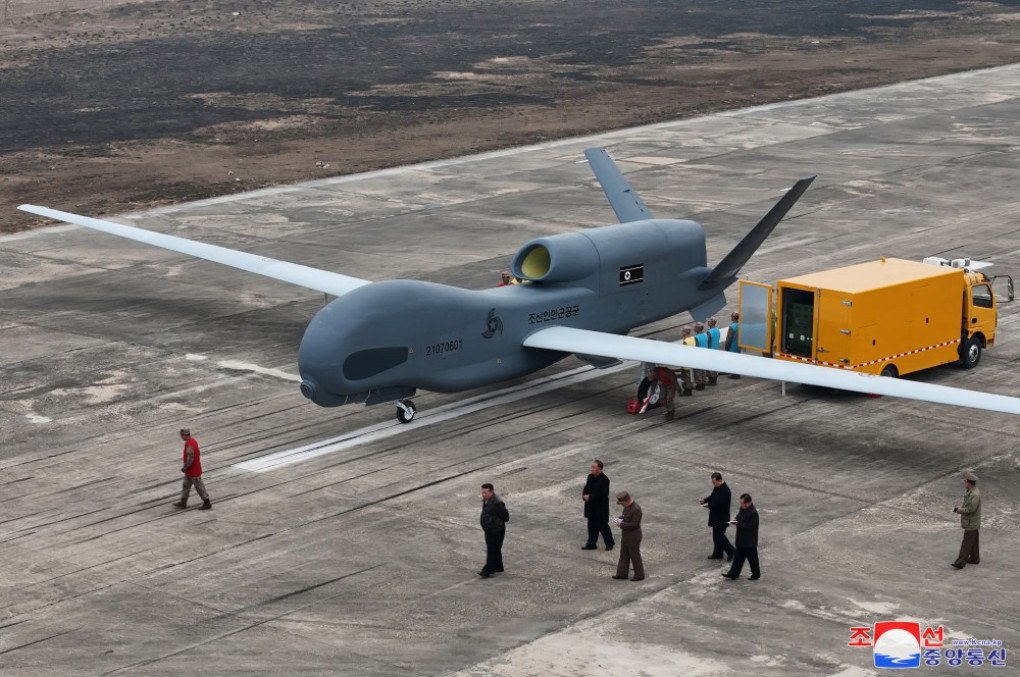
North Korea’s state media also revealed the Saetbyol-4 strike drone, which appears to be a direct copy of the US RQ-4 Global Hawk, a high-altitude, long-endurance (HALE) unmanned aerial vehicle (UAV). This further supports reports that Pyongyang has been reverse-engineering Western military technology.
North Korea has previously outfitted its Saetbyol-4 drone with missile systems resembling US-made AGM-114 Hellfire missiles, according to US Army General Patrick Costello, who spoke at the 2024 United States Army Association conference.
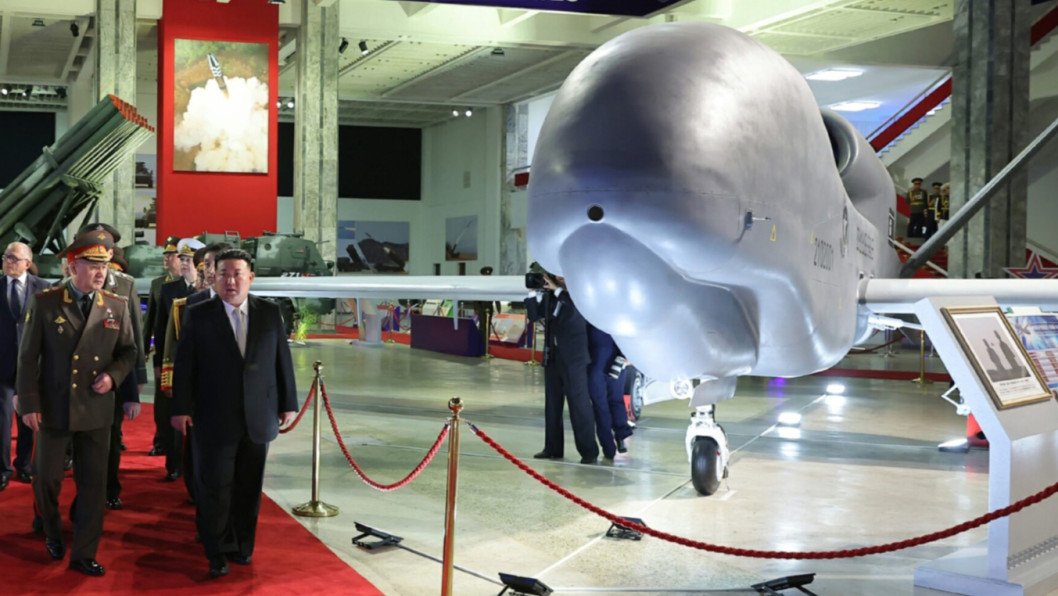
Recent footage from North Korean military drills showed a drone launching a missile with a design nearly identical to the Hellfire.
Earlier, North Korea tested its latest air defense missile system, confirming its reliability, rapid response time, and combat capabilities, state-run North Korean media agency KCNA reported on March 21.
The system has already entered mass production, the agency added.
The weapon in question is believed to be the Pyoljji-1-2, which analysts suggest could be comparable to advanced Russian or American air defense and missile interception systems, such as the S-400.
The new system is expected to replace North Korea’s aging Soviet-era air defenses.

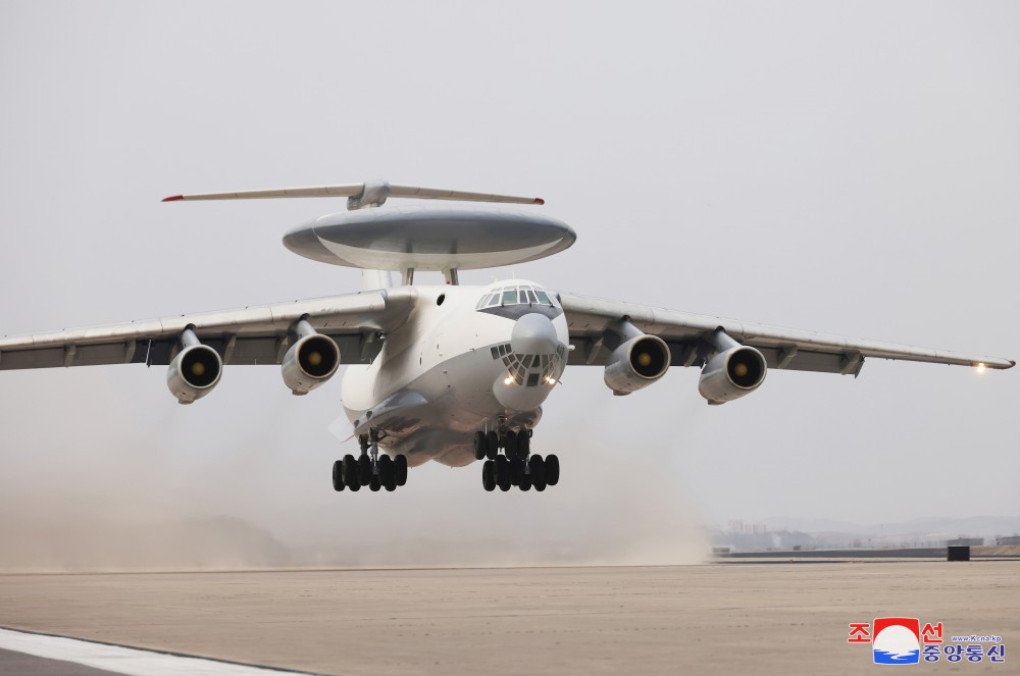
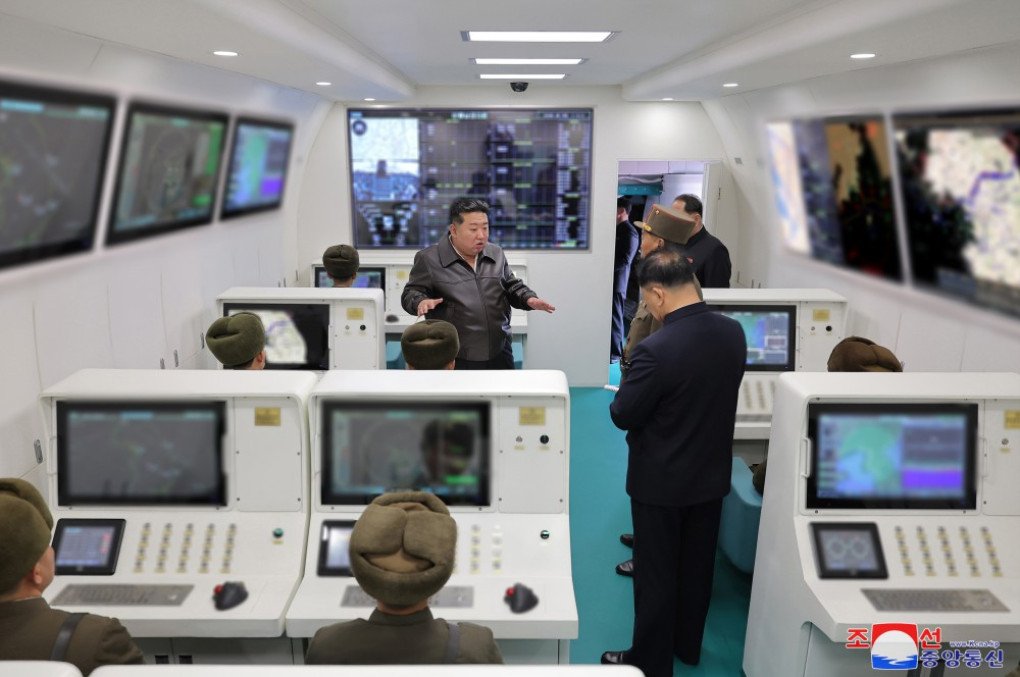



-111f0e5095e02c02446ffed57bfb0ab1.jpeg)

